Circa 2015 face_with_colon_three
Scientific Reports volume 5, Article number: 12,488 (2015) Cite this article.
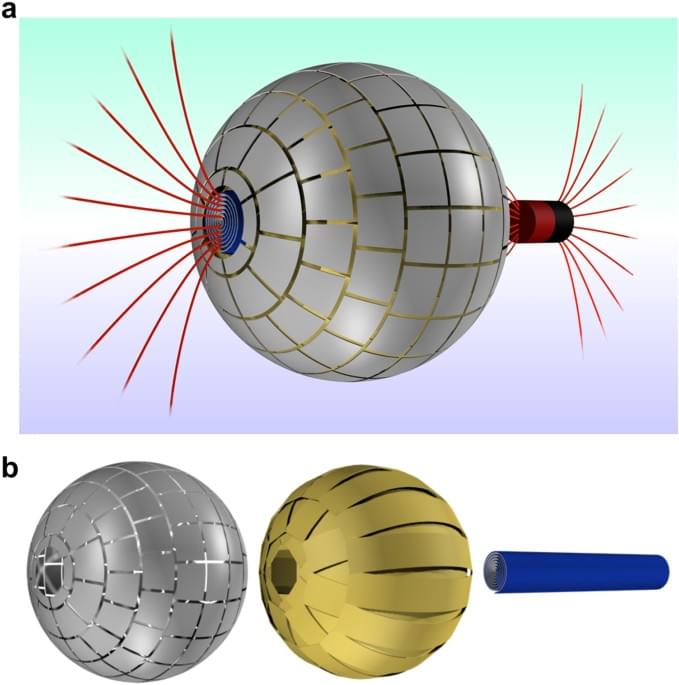
Circa 2015 face_with_colon_three
Scientific Reports volume 5, Article number: 12,488 (2015) Cite this article.
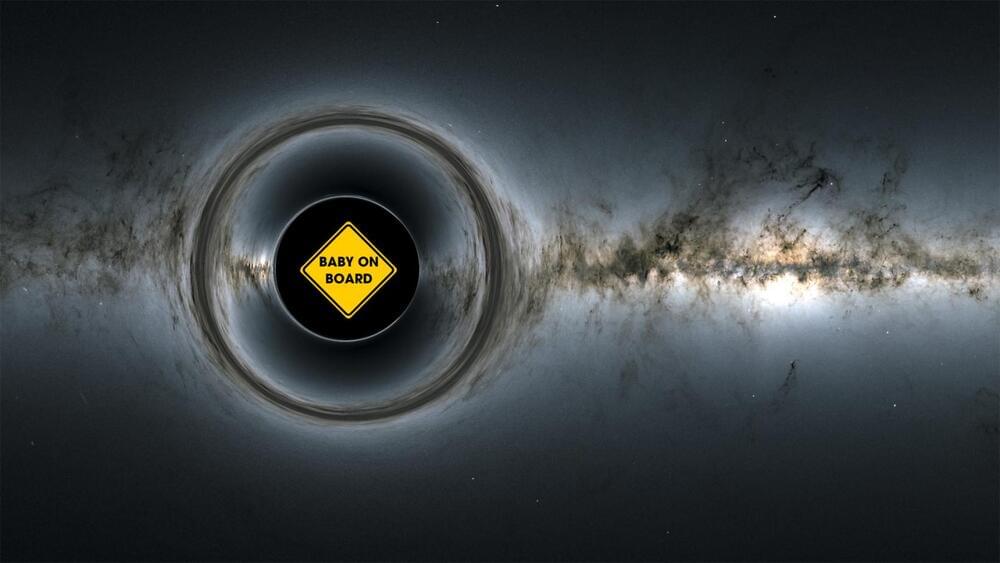
Circa 2021 face_with_colon_three
We don’t know very much about our universe. We’re fairly certain it exists, but we don’t know how it got here, how long it’s been here, or how big it is. Heck, we don’t even know if our universe is unique.
Ever since Albert Einstein came up with the theory of relativity and other scientists realized that classical physics and quantum mechanics don’t really line up, we’ve been trying to reconcile those worlds.
Many theoretical physicists believe that bridging the gap between obvious reality (classical physics) and the wacky quantum realm could help us finally understand the true nature of our universe.
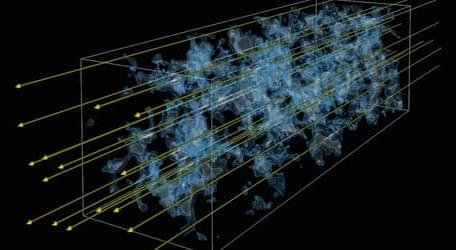
Spectra from quasars suggest that intergalactic gas may have been heated by a form of dark matter called dark photons.
Dense gas clouds across the Universe absorb light from distant quasars, producing absorption lines in the quasar spectra. A new study shows that the larger-than-predicted widths of these lines from nearby gas clouds could result from a form of dark matter called dark photons [1]. These particles could heat the clouds, leading to a widening of the absorption lines. Other explanations of the broadening—based on more conventional heating sources—have been proposed, but if the dark-photon mechanism is at work, it might also cause heating in low-density clouds from earlier epochs of the Universe. Researchers are already planning to test this prediction.
When viewing the spectrum of a distant quasar, astronomers often observe absorption lines coming from the intervening clouds of gas. The most prominent absorption line is the Lyman-alpha line of hydrogen. Indeed, some quasar spectra have a “forest” of Lyman-alpha lines, with each coming from a cloud at a different distance from our Galaxy (or different epochs). By examining the widths, depths, and other details of the line shapes, researchers can extract information about the density, the temperature, and other features of the clouds. This information can be compared with the results of cosmological simulations that try to reproduce the clumping of matter into galaxies and other large-scale structures.
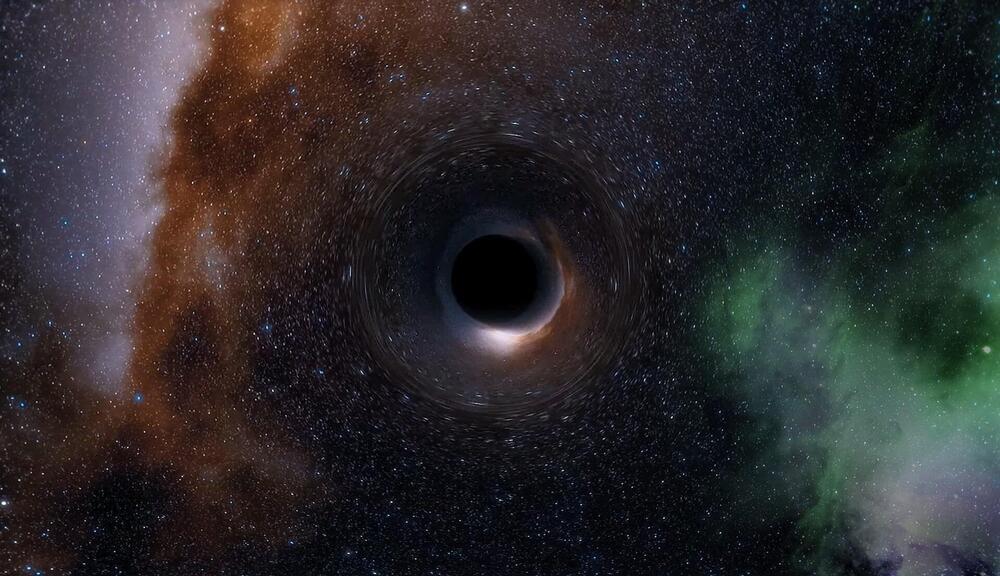
A team of researchers from Friedrich-Schiller-Universität Jena, Università di Torino and INFN sezione di Torino, has found evidence that the black hole collision that led to an odd gravitational wave detection in 2019 was due to a unique set of circumstances. In their paper published in the journal Nature Astronomy, the group describes modeling and simulating the conditions that could possibly lead to the unique gravitational wave signature.
The development of gravitational wave detectors has led to a better understanding of what happens when black holes collide. In most instances, the data has shown, they occur due to binary stars exploding and then slowly spiraling toward one another until they meet at a gravitational center and merge.
But then, on May 21, 2019, gravitational waves were detected from two black holes merging, but the data showed that neither of the black holes appeared to be spinning and the duration of the signal was shorter than all the others that have been detected. The odd signal left astrophysicists scratching their heads. Now, in this new effort, the researchers believe they have come up with a plausible explanation for the observation.
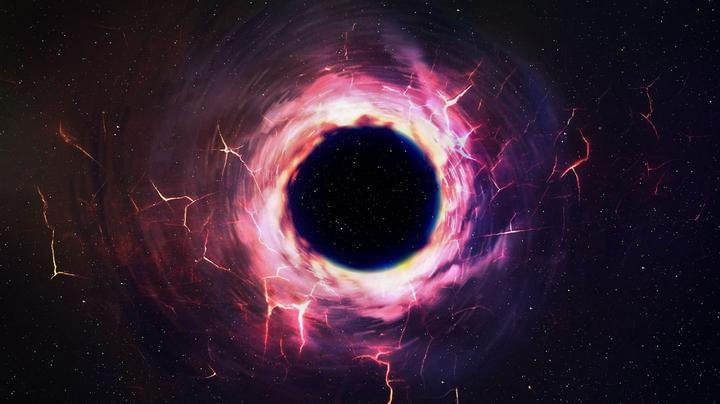
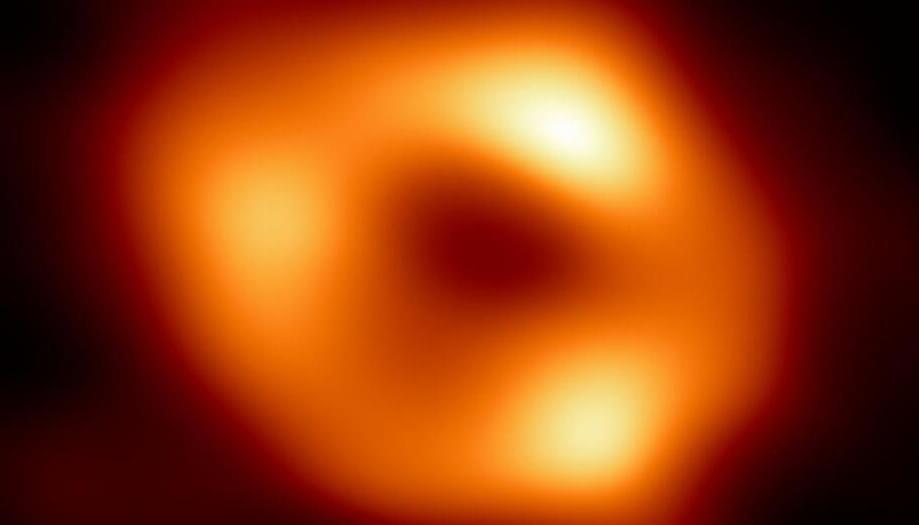
The James Webb Space Telescope’s first images of the distant universe shocked astronomers. Is the discovery of unimaginably distant galaxies a mirage or a revolution?


Circa 2021 face_with_colon_three
In the cosmological context, space can get similarly stuck in a false vacuum state. A speck of false vacuum will occasionally relax into true vacuum (likely through a random quantum event), and this true vacuum will balloon outward as a swelling bubble, feasting on the false vacuum’s excess energy, in a process called false vacuum decay. It’s this process that may have started our cosmos with a bang. “A vacuum bubble could have been the first event in the history of our universe,” said Hiranya Peiris, a cosmologist at University College London.
But physicists struggle mightily to predict how vacuum bubbles behave. A bubble’s future depends on countless minute details that add up. Bubbles also change rapidly — their walls approach the speed of light as they fly outward — and feature quantum mechanical randomness and waviness. Different assumptions about these processes give conflicting predictions, with no way to tell which ones might resemble reality. It’s as though “you’ve taken a lot of things that are just very hard for physicists to deal with and mushed them all together and said, ‘Go ahead and figure out what’s going on,’” Braden said.
Since they can’t prod actual vacuum bubbles in the multiverse, physicists have sought digital and physical analogs of them.
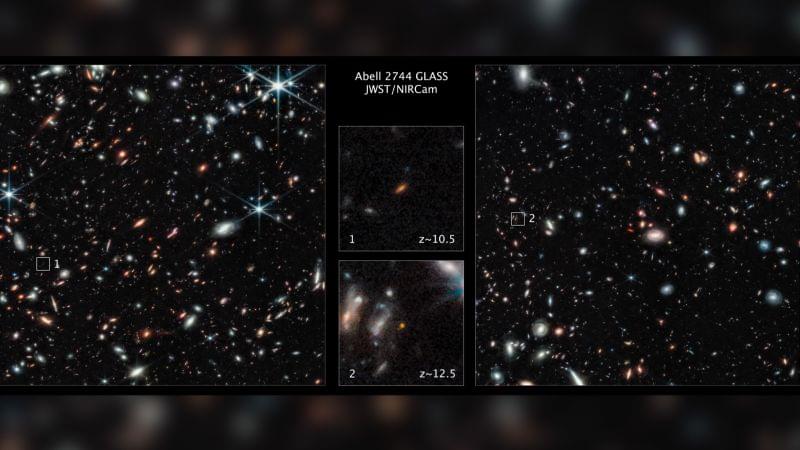
The James Webb Space Telescope has spied one of the earliest galaxies formed after the big bang, about 350 million years after the universe began.
The galaxy, called GLASS-z12, and another galaxy formed about 450 million years after the big bang, were found over the summer, shortly after the powerful space observatory began its infrared observations of the cosmos.
Webb’s capability to look deeper into the universe than other telescopes is revealing previously hidden aspects of the universe, including astonishingly distant galaxies such as these two finds.